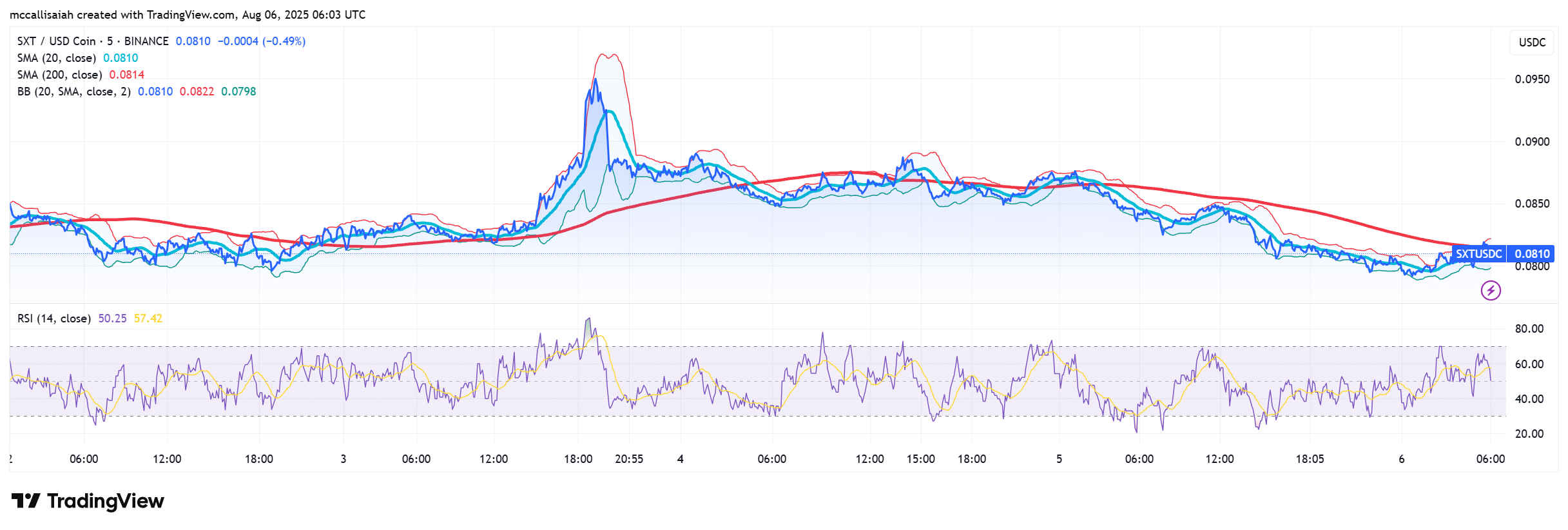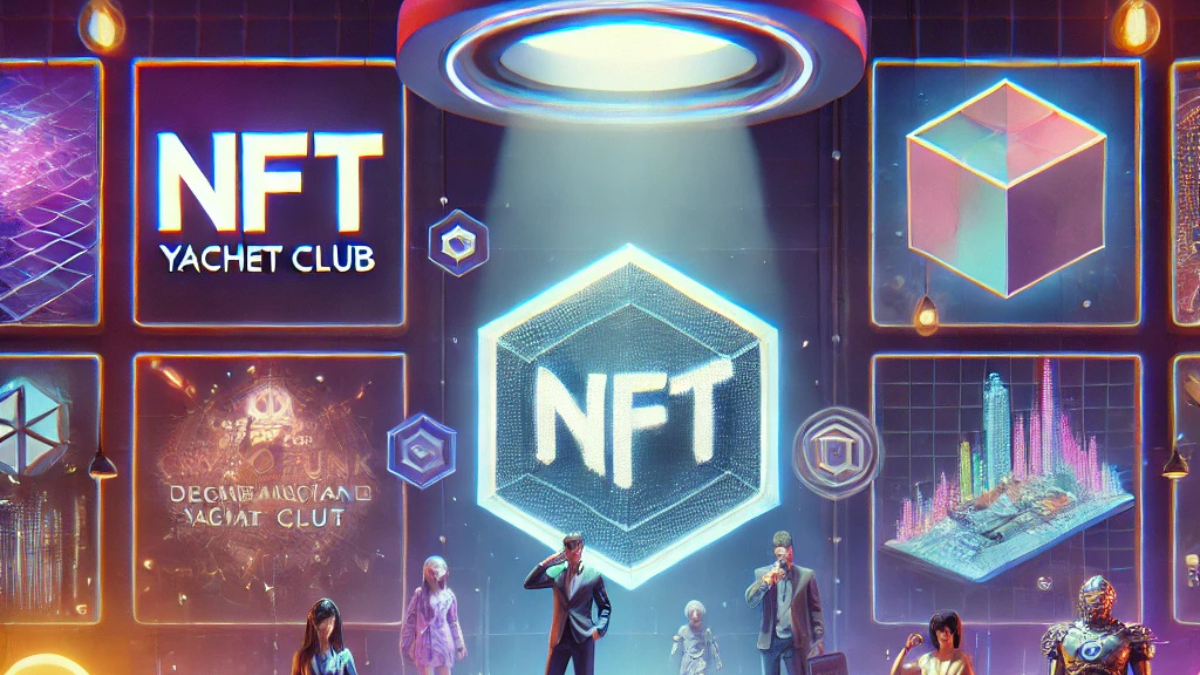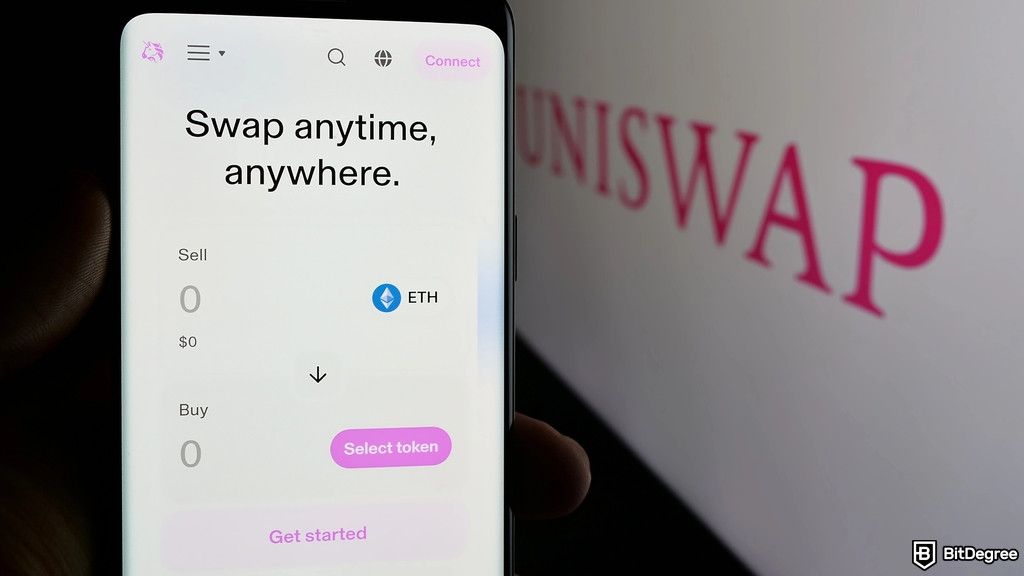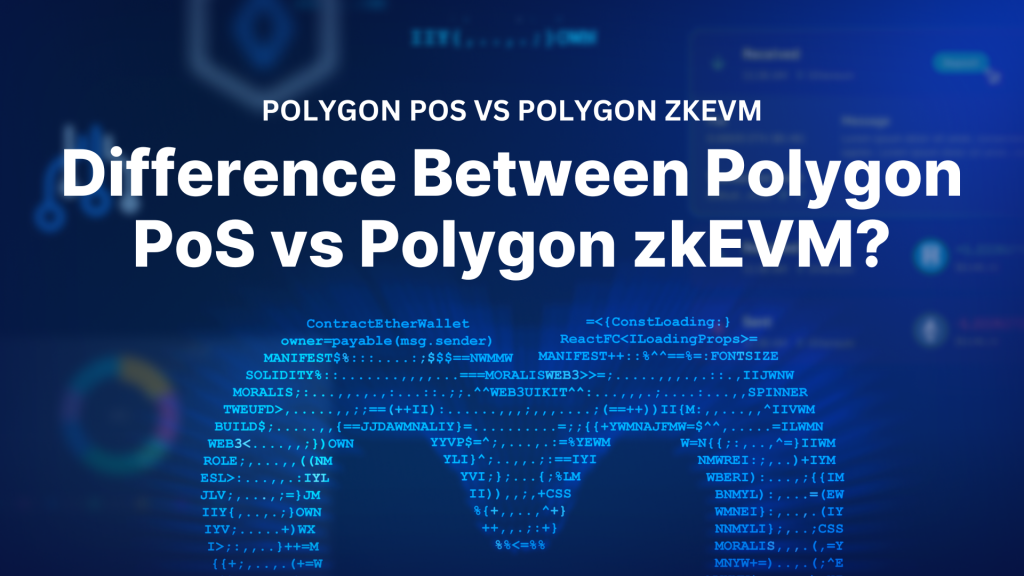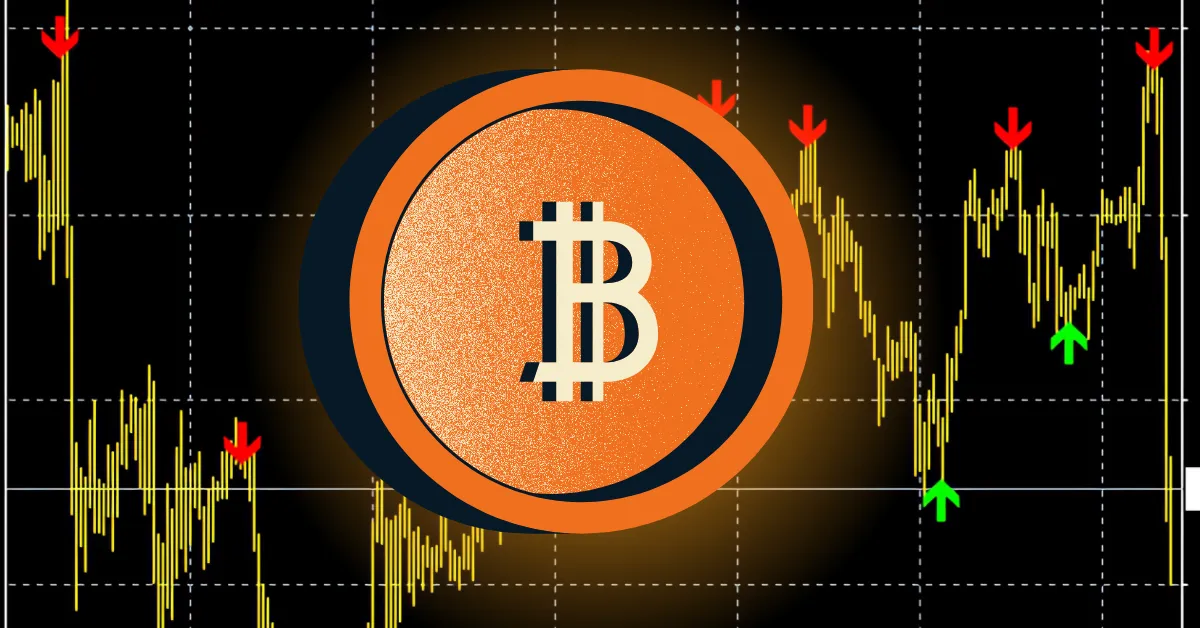”Don’t trust, verify” is a common saying in the crypto space, serving as a core principle of trustlessness, which is a fundamental quality of most blockchain networks. If a blockchain is trustless, network users don’t need to trust one another or rely on third-party involvement. Instead, they have the ability to verify transactions independently. To remove the need for trust assumptions, networks like Ethereum enforce strict rules regarding data availability. But what exactly is data availability? And what does the data availability layer in crypto entail? If you’re looking for the answers to these questions, join us in this article as we explore this concept in greater detail!
Overview
In today’s article, we’ll kick things off by exploring the intricacies of data availability. In doing so, we’ll cover what it is, dive into some common challenges, and explain why it’s important for blockchain networks. From there, we’re going jump straight into what the data availability layer in crypto entails. Then, we’ll cover a brief example and explore some benefits of this concept. Lastly, for those interested in blockchain development, we’ll top things off by introducing you to Moralis’ industry-leading Web3 API suite – the ultimate tool for anyone looking to build Web3 projects!
In Moralis’ suite of premier Web3 APIs, you’ll find a bunch of interfaces for multiple use cases. For instance, with the DeFi API, you can seamlessly get into DeFi dapp development. And with the free NFT API, you can effortlessly build your own NFT-based projects.
As such, it doesn’t matter if you want to build a decentralized exchange (DEX), NFT marketplace, or any other platform; Moralis has the tools for you!
Also, did you know that you can access all of our premier interfaces for free? Simply sign up with Moralis, and you’ll be able to leverage the full power of blockchain technology in a heartbeat!
Nevertheless, without further delay, let’s kickstart this guide by diving into the ins and outs of data availability!
What is Data Availability?
Before exploring what the data availability layer in crypto entails, it’s essential to initially understand the fundamental concept of data availability. Consequently, let’s commence this article by addressing three prominent queries: ”What is data availability?”, ”What are the challenges of data availability?” and ”Why is it important?”
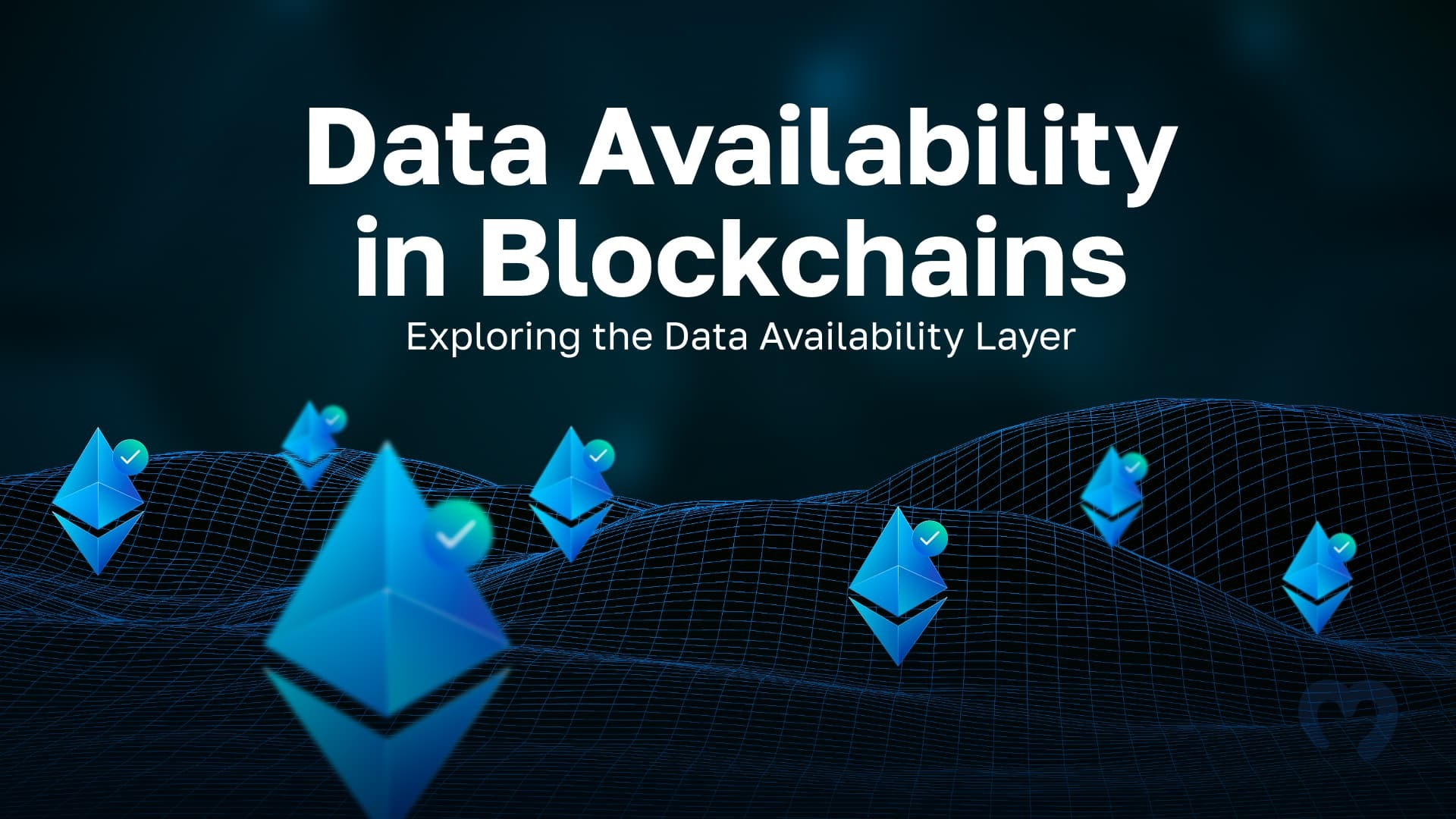
Put simply, data availability refers to the accessibility and visibility of data within blockchain networks. It’s essentially the assurance that all data necessary for verifying transactions is available to all network participants at all times. This is a critical concept in decentralized systems such as Ethereum, BSC, etc., where nodes are required to verify transactions independently in a trustless manner!
Exploring the Challenges of Data Availability
Even though data availability is an essential concept to many blockchain networks, it can still be quite challenging to keep data accessible at all times. And it doesn’t come without costs. But why is that? And what are some common problems when it comes to data availability?
There are two primary challenges associated with data availability, and we’ll break down both below:
Low Throughput: Monolithic blockchains – which are networks managing data availability, consensus, and transaction execution in one layer – ensure data availability by storing state data on multiple nodes so anyone in need of this information can request it from another peer.
However, requiring a large number of nodes to download, verify, and store the same data significantly reduces the network’s throughput. This is why networks like Ethereum and Bitcoin are relatively slow when it comes to processing transactions.
Higher Centralization: Storing large amounts of data on-chain also increases the size of a blockchain network. This, in turn, increases requirements for running full nodes, which becomes even more problematic with the rising costs of high-spec hardware. And since these requirements increase, fewer people are able to run nodes, which negatively impacts decentralization.
Why is Data Availability Important?
To adequately explain why data availability is important, we initially need to break down the architecture of blocks. Put simply, blocks comprise two central components:
Block Header: The block header contains a bunch of information (metadata) about a block, including the block number, a timestamp, a hash, etc. Block Body: The block body contains all the transaction data for the block in question.
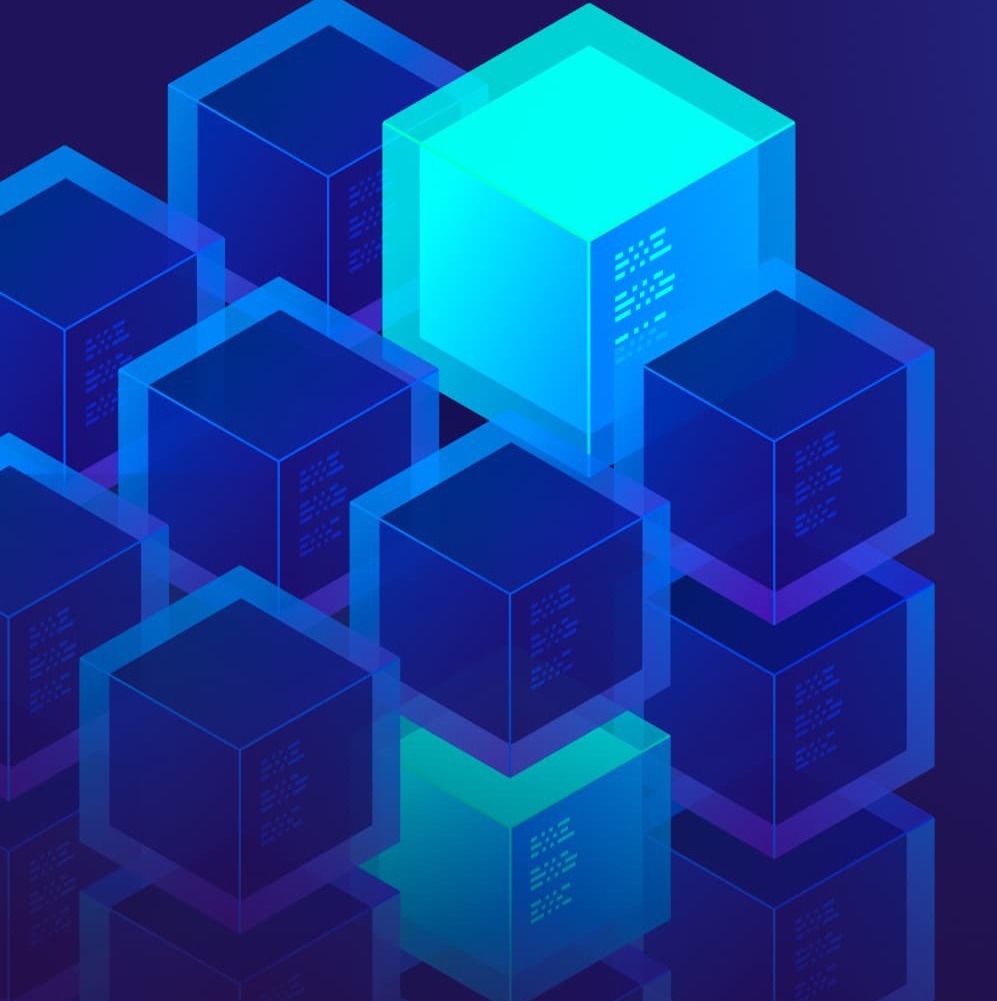
When a new block is proposed, the proposer must publish the entire block’s data, including the header and body. From there, it’s up to the validating nodes to download the information and re-execute the transactions to confirm the block’s validity. If the nodes don’t verify the data, the proposers can get away with sneaking in malicious transactions in the blocks.
As such, if a block proposer doesn’t publish the block body, nodes won’t be able to verify the integrity of the proposed block. So, to avoid this issue, blockchain networks generally ensure that the proposer makes all of a block’s data available to the network, which is achieved by enforcing data availability rules.
Now, with an overview of data availability, let’s explore what the data availability layer in crypto entails!
What is the Data Availability Layer in Crypto?
In crypto, the data availability layer refers to the system responsible for storing and providing consensus on the availability of blockchain data. These layers can take several shapes and forms; however, the crypto space has two main data availability layer categories: on-chain data availability layers and off-chain data availability layers.

But what exactly does this mean?
To answer the question above, let’s dive deeper into both types in the following subsections, starting with on-chain data availability layers!
Exploring On-Chain Data Availability Layers
Using an on-chain data availability layer is the standard approach for many of the biggest blockchains. In these systems, data is stored on-chain by the nodes responsible for executing transactions.
However, as we previously discussed, requiring nodes to download and verify the same transactions lowers throughput and increases the requirements for running nodes. As such, while an on-chain data availability layer ensures high data availability, it also results in scalability bottlenecks and limits decentralization.
Exploring Off-Chain Data Availability Layers
An off-chain data availability layer approach requires storing the transaction data outside of the original blockchain. This can, for instance, be another blockchain or any data storage system. This approach is commonly used by modular blockchains, where the network, for example, offloads data availability and focuses on taking care of other tasks like transaction execution or consensus.
While this approach drastically increases efficiency, an off-chain data availability layer for crypto can negatively impact trustlessness, security, and decentralization. For instance, malicious block producers can act in bad faith and hinder attempts to challenge transactions by deliberately withholding state data.
Example of the Data Availability Layer in Crypto: Ethereum Sharding
In this section, we’ll dive into an example of how a data availability layer can be used in crypto. In doing so, we’ll explore how Ethereum plans to leverage sharding to improve scalability!
Put simply, sharding is a method for achieving higher scalability in a blockchain by splitting up the network into several sub-chains that operate in parallel. Nodes in each chain can then handle various tasks with the purpose of achieving more efficient use of computational resources.

Through the use of sharding, Ethereum will implement multiple data availability layers rather than storing data in one location. This means that blocks won’t have to propagate throughout the entire network. Instead, only a small limited set of nodes will be required to verify a block’s data. In doing so, Ethereum will be able to increase scalability as the network can process transactions faster.
Nevertheless, to learn more about sharding and how it works, check out our article on danksharding!
Also, if you’d like to explore other examples of data availability layers in crypto, check out Moralis’ dapp store: Web3 Wiki. With this tool, you can effortlessly explore various data availability blockchains, such as Celestial, Avail, etc., along with other DeFi dapps, blockchain games, and much more!
Benefits of the Data Availability Layer in Crypto
Now, with an overview of what the data availability layer in crypto entails, let’s take this section to explore what it means for Web3 developers. In doing so, we’ll dive into two prominent benefits:
Faster Development Cycles: When building new blockchains or application-specific chains, getting an ideal distribution of validators during the early stages of development is challenging. However, by leveraging a data availability layer, it’s attainable to achieve meaningful security properties directly from the start. Lower User Fees: Networks like Ethereum are experiencing issues with congestion, and the limited space has driven up transaction fees. This is not ideal for decentralized applications (dapps) that need to post large amounts of data on-chain. However, instead of publishing data directly on a network like Ethereum, a dapp can store information on a data availability layer, which can result in lower fees.
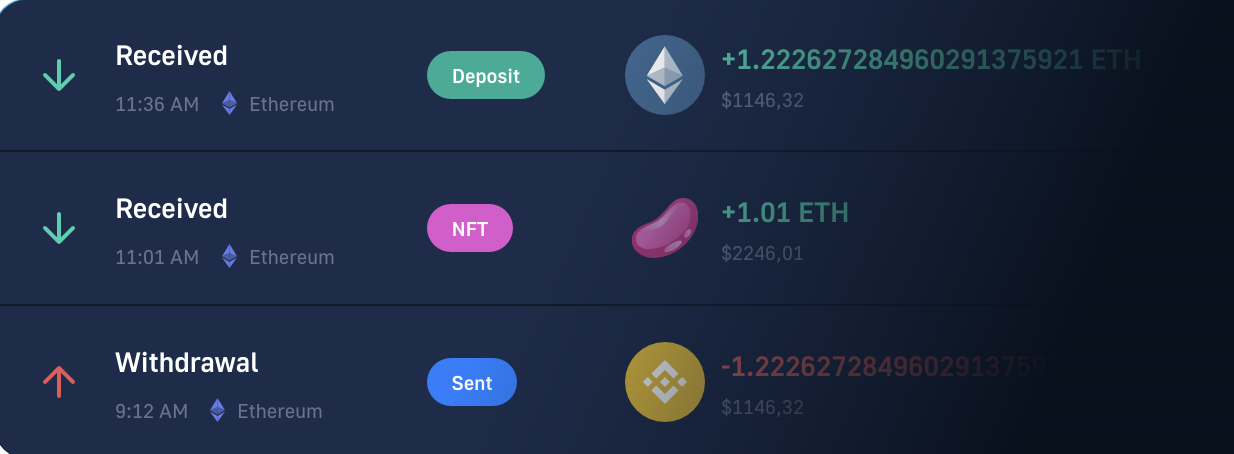
All in all, the data availability layer in crypto can positively contribute to the development of dapps and other Web3 projects by lowering fees and streamlining the process!
Now, if you want to learn more about Web3 development, join us in the next section as we introduce you to Moralis – the easiest way to build dapps!
Beyond the Data Availability Layer in Crypto – Exploring Moralis
Moralis is an industry-leading API provider, and with our premier interfaces, you can build Web3 projects faster and more efficiently. As such, by leveraging Moralis, you’ll be able to save both time and resources in your development endeavors!

In Moralis’ suite of Web3 APIs, you’ll find multiple interfaces for various use cases. For instance, with the NFT API, you can seamlessly build your own NFT dapps. And with the Wallet API, you can effortlessly get into crypto wallet development.
As such, it doesn’t matter what Web3 project you’re building; Moralis has got you covered!
But why should you leverage Moralis’ APIs specifically?
To answer this query, let’s look at three benefits of using Moralis:
Top Performance: It doesn’t matter if you want to measure by reliability, speed, or any other metric; Moralis’ APIs continuously outperform the competition. Unparalleled Scalability: All of our APIs offer unparalleled scalability. Consequently, as your projects grow, you will never have to worry about performance, as Moralis will have no trouble handling the increased traffic. Cross-Chain Compatability: Moralis’ Web3 APIs are chain agnostic, supporting networks like Ethereum, BSC, Polygon, Arbitrum, and many others. As such, when working with Moralis, it has never been easier to build cross-chain compatible dapps.

So, if you want to build Web3 projects faster and more efficiently, explore our interfaces on the Web3 API page!
Also, did you know you can access our interfaces for free? Simply sign up with Moralis, and you’ll gain access to all our premier Web3 APIs in a heartbeat!
Summary: What is the Data Availability Layer in Crypto?
In today’s article, we kicked things off by exploring the concept of data availability. In doing so, we learned that it refers to the visibility and accessibility of blockchain data. From there, we also explored some challenges associated with data availability, where we discovered that the growing size of blockchain networks can lower throughput and increase centralization.
Furthermore, we also dove into the intricacies of what the data availability layer in crypto entails. Doing so revealed that it refers to the system responsible for storing and providing consensus on data availability. What’s more, we also learned that there are two main types:
On-Chain Data Availability LayersOff-Chain Data Availability Layers
Next, we also explored an example of the data availability layer in crypto and covered some benefits of this concept. Lastly, to top things off, we introduced you to Moralis’ industry-leading suite of APIs – the easiest way to build dapps and other Web3 projects!
If you liked this data availability tutorial, consider checking out more articles here on the Web3 blog. For instance, learn how to watch on-chain transactions or explore our Holesky faucet guide.
Also, if you’re interested in building Web3 projects yourself, don’t forget to sign up with Moralis. You can set up your account for free and immediately start leveraging all our premier Web3 APIs!












